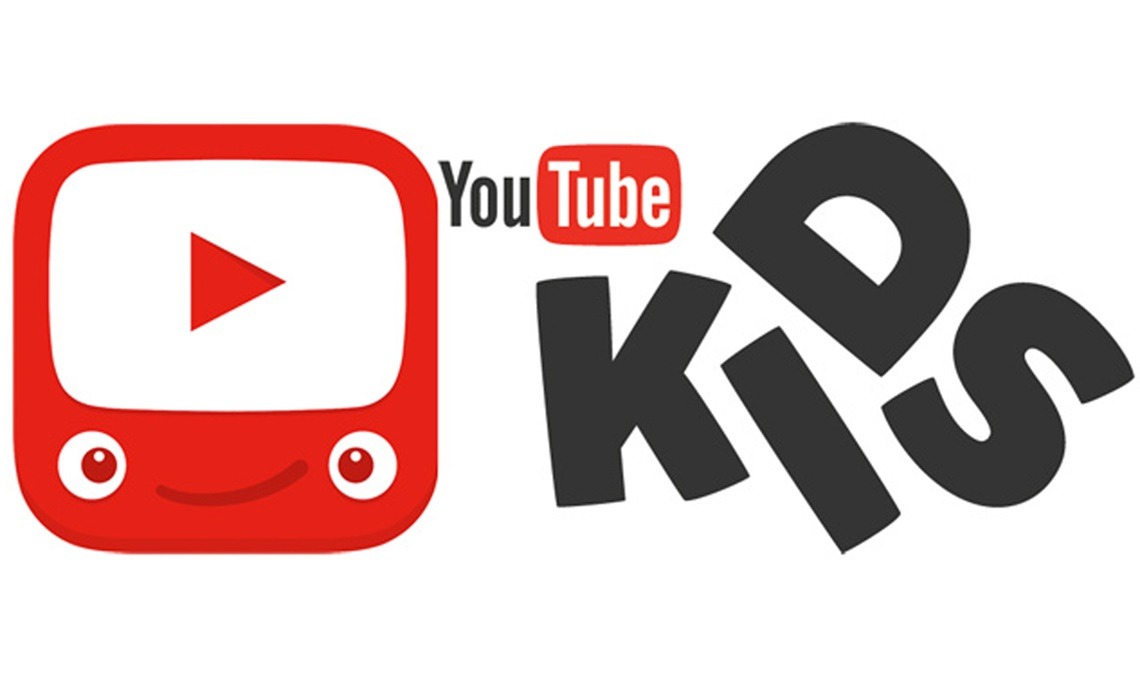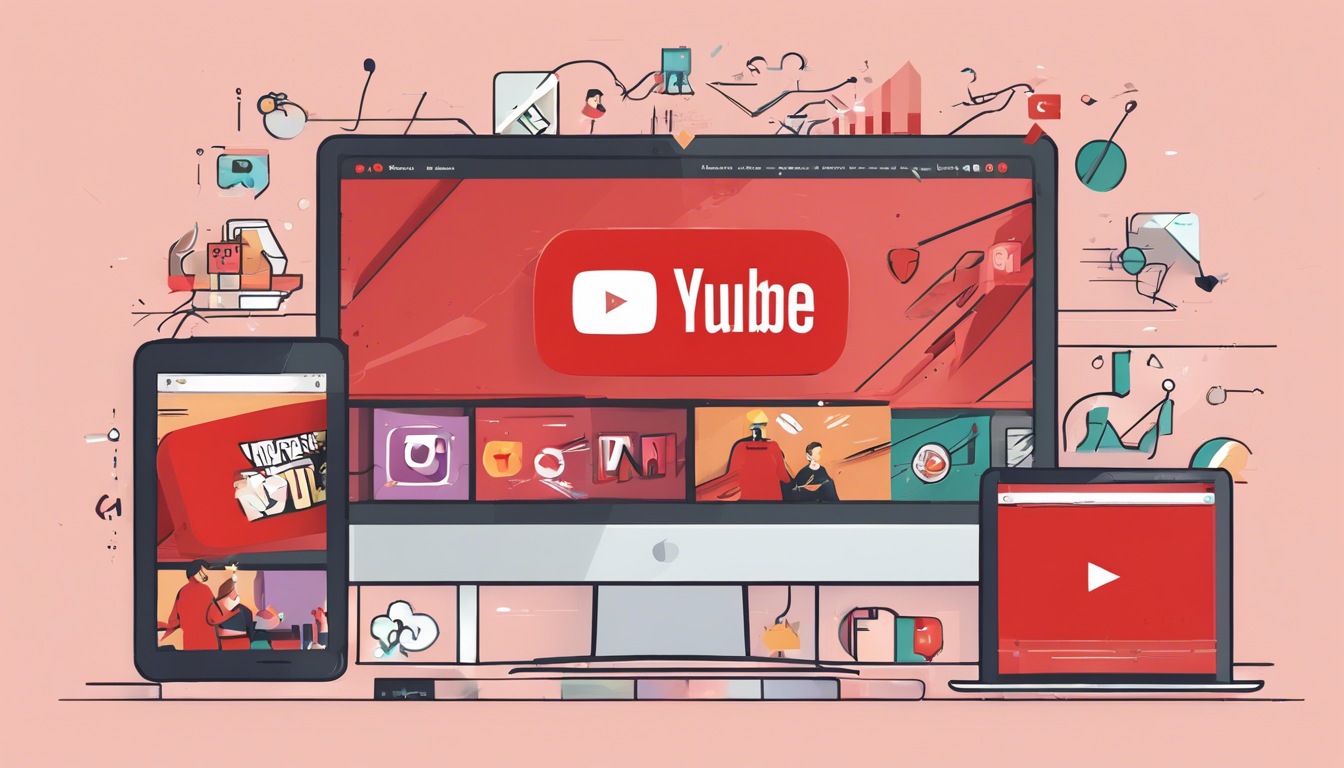Social media marketing involves leveraging social media platforms to establish a company’s brand, boost sales, and generate website traffic. Social media marketing not only enables companies to effectively connect with their current customer base and expand their reach to new audiences, but it also offers specialized data analytics tools that empower marketers to measure the effectiveness of their campaigns and discover additional opportunities for engagement.
Key Elements of an Effective Social Media Marketing Strategy
If you have not been told already, soon, social media will be the next big thing when it comes to marketing. Whether you are about to start your first social media campaign or you’ve been at it for years, do not relent, there’s always new things to learn, and improve your social media strategy on the go.
In this section, we are going to look into some elements of an effective social media marketing strategy.
1. Creating an audience persona
The foundation of successful social media marketing lies in effectively targeting your audience through your social posts. In order to effectively reach your target audience, you would need to create and develop audience personas. These personas should be able to represent their characteristics and preferences accurately.
Audience personas provide a comprehensive analysis of your audience’s demographics, encompassing their interests, concerns, requirements, and behaviors.
2. Goal-setting and objectives
Right after creating an audience persona, what’s next, you may ask? Once you have a good grasp of who your audience is, you will need to pinpoint the key goals for your marketing effort on social media. Now ask yourself, what do you actually hope to achieve with your strategy?
The top goals for most SMB social media marketing programs are:
- Building brand awareness (74%)
- Getting website traffic (53%)
- Lead generation (41%)
It is important to set clear goals and establish measurable metrics so that you can evaluate the return on investment, ROI and gauge the effectiveness of your efforts.
3. Identify Ideal Customers
If your business is experiencing a low success rate in social media profiles, it may be indicative of the need for an ideal customer profile. Hence, as said earlier, always have a thorough understanding of your target audience. This will enable you to effectively connect with individuals based on their specific location and availability. To effectively attract your target audience to your social media page, it is important to have a deep understanding of their age group, income level, preferences, challenges, habits, and aspirations.
4. Budgeting
Once you’ve figured out what you want to achieve, the next step is to figure out how much money you can spend on your social media marketing plan.
In the next 5 years, companies are planning to spend a lot more money on social media advertising. Right now, they spend about 10% of their marketing budgets on social media, but that’s expected to go up to almost 25%.
How much money you spend on social media will depend on a bunch of different things. Perhaps you’ll have to convince the bosses or maybe your budget is tight because you’re a small business. Breaking down your possible expenses will help you see exactly where all the money is being spent.
You’ll need enough funds to invest in:
- Your campaign content
- Paid social promotions
- Social media management tools
- Community engagement efforts
- Analytics tools
5. Resourcing/team building
Studies show that small businesses struggle with creating a social media strategy, but all those much established companies also have a hard time finding enough resources to do it. Small and medium-sized businesses are more likely to consider outsourcing as a way to expand their teams.
So basically, you need to figure out if you want your own employees to handle your social media marketing or if you want to hire someone else to do it for you. You can use a mix of both – it’s simple to find freelancers who can handle your social media accounts on platforms like Upwork or Guru. But it’s really hard to find someone who can create social media campaigns that connect with the people you’re trying to reach.
Using tools like PicMonkey and Canva can make it a lot easier for you to do certain tasks for your social media marketing. These tools are great for editing photos and creating eye-catching visual posts for your social media accounts.
6. Research Competition
When you want to make your business better, it’s a good idea to look at what other businesses are doing. This way, you can learn from their successes and use those ideas to make your business successful too. That means you can make more money! Look at the social media sites that your competitors are using and how they share things. Let’s look at how many people follow them, how often they post, and what they talk about in their posts. You need to see how much people are interacting with the posts to understand which ones they like the most. So, when you want to see how well a business is doing on social media, you can use a special formula. This formula looks at things like comments, likes, and shares to give you an idea of how popular the business is. This can help you figure out how to compete with them.
Digital Marketing Strategies for Brand Boosting
If you want more people to know about your brand and see it online, there are a few things you can do. One of the most important is using social media to promote your brand. Here are some key areas to focus on:
Choose the Right Social Media Channels: Select the platforms where your target audience is most active.
Leverage User-Generated Content (UGC): Encourage your audience to create and share content related to your brand, which can significantly enhance brand visibility and awareness.
Employee Advocacy: Encourage employees to share their experiences with your products on their social media channels to reach a wider audience and increase brand visibility.
Consistent Strategy: Maintain a consistent and cohesive approach across all social media channels to reinforce brand visibility and awareness.
Social Media Giveaways and Gamification: These are effective strategies to reach new audiences and increase brand recognition.
Content Creation and Scheduling: Craft compelling content and use social media scheduling tools to ensure consistent and strategic content distribution.
Engage with the Audience: Encourage interaction and communication with the audience to build brand loyalty and increase brand visibility.
The Ultimate Guide to Marketing Strategies
Having the right marketing strategy is one of the essential handi-pack for a business that wishes to surpass its last year’s goal, and also attain a position better than its competitors. This can be achieved when done right. Here are some guides to marketing strategies;
Identify Business Goals
Before diving into any marketing strategy, it’s crucial to have a clear understanding of your business goals. These goals provide the foundation upon which your marketing efforts will be built. Whether your objective is to increase sales, expand market share, build brand awareness, or launch a new product, identifying your business goals is the first step towards crafting an effective marketing strategy. Take the time to assess your company’s strengths, weaknesses, opportunities, and threats (SWOT analysis) to align your marketing efforts with your overarching business objectives.
Set Marketing Objectives
Once you’ve identified your business goals, it’s time to translate them into actionable marketing objectives. Marketing objectives should be specific, measurable, achievable, relevant, and time-bound (SMART). For instance, if your business goal is to increase sales by 20% within the next fiscal year, your marketing objective might be to generate 30% more leads through digital marketing channels and convert them into customers through targeted email campaigns and promotional offers.
Choose Channels and Tactics
Selecting the right marketing channels and tactics is essential for reaching your target audience effectively. Depending on your business niche, target demographic, and budget, you may opt for a mix of online and offline channels such as social media marketing, search engine optimization (SEO), email marketing, content marketing, influencer partnerships, events, and traditional advertising. Conduct market research to identify which channels your target audience frequents and tailor your tactics accordingly to maximize engagement and ROI.
Develop High-Quality, Engaging Content
Content is king in today’s digital landscape. Whether it’s blog posts, videos, infographics, podcasts, or social media posts, creating high-quality, engaging content is paramount for capturing the attention of your audience and driving meaningful interactions. Your content should be informative, entertaining, and relevant to your target audience’s interests and pain points. Invest in content creation resources, such as professional writers, designers, and videographers, to ensure that your content reflects your brand’s values and resonates with your audience.
Distribution and Promotion
Once you’ve created compelling content, it’s time to distribute and promote it across your chosen channels. Develop a content distribution strategy that leverages both organic and paid tactics to maximize visibility and reach. Utilize social media platforms, email newsletters, influencer partnerships, and content syndication networks to amplify your content’s reach and drive traffic back to your website or landing pages. Monitor engagement metrics such as likes, shares, comments, and click-through rates to gauge the effectiveness of your distribution efforts and make adjustments as needed.
Encourage Interaction and Communication with the Audience
Building meaningful relationships with your audience is key to fostering brand loyalty and driving long-term success. Encourage interaction and communication through various channels, including social media, email, live chat, and community forums. Respond promptly to customer inquiries, address feedback and complaints, and solicit user-generated content to empower your audience and make them feel valued and heard. Engage in two-way conversations to gain insights into your audience’s preferences, behaviors, and pain points, and use that feedback to refine your marketing strategies and offerings.
Analysis and Optimization
Continuous analysis and optimization are essential for refining your marketing strategies and maximizing ROI. Monitor key performance indicators (KPIs) such as website traffic, conversion rates, customer acquisition costs, and customer lifetime value to track the effectiveness of your campaigns and initiatives. Leverage analytics tools such as Google Analytics, social media insights, and email marketing platforms to gather actionable data and identify trends, patterns, and areas for improvement. A/B test different elements of your campaigns, iterates based on the results, and make data-driven decisions to optimize your marketing efforts and achieve your business objectives.
Conclusion
Social media marketing is more important than you think when you are eager to enhance your brand visibility, increase sales and improve customer engagement. By following these guides above, you are sure to achieve your desired goal.






